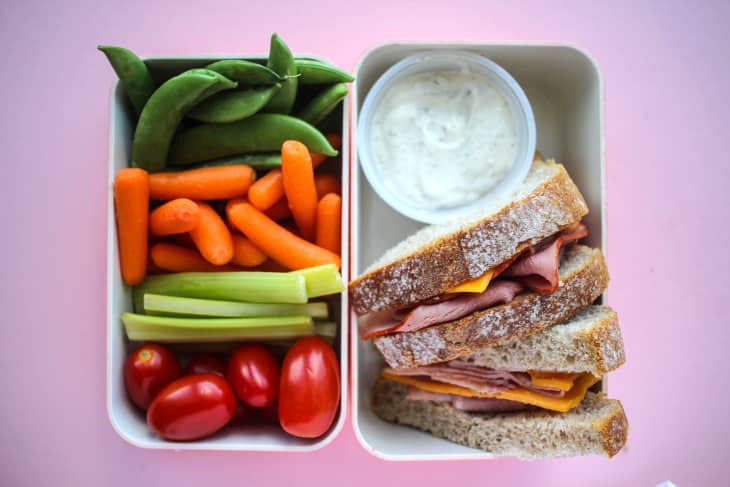School Lunches in America Face Health and Cost Concerns
The status of school lunch in America is far from perfect. Between unhealthy options and lunch shaming, there’s tremendous room for improvement when it comes to how and what children in the nation are being fed.
Earlier this year, New Mexico became the first American state to take a legal stand on lunch shaming when students don’t have the funds to purchase food. The Hunger-Free Student’s Bill of Rights, signed into law by Governor Susana Martinez, and introduced by Senator Michael Padilla, aims to use other methods of settling a tab with parents and guardians that doesn’t involve the kids.
“A 6-year-old maybe up to about an 11- or a 12-year-old, a 14-year-old, they have no power to fix this issue and to resolve this,” Padilla, who mopped cafeteria floors in exchange for a meal, tells NPR. “If their parents have debt in the lunchroom, then that is not something that they have control over, and I don’t know why we’re punishing them. So this prohibits that — it outlaws that — and it focuses more on the child’s well-being rather than the debt itself.”
An annual study from the U.S. Department of Agriculture found hunger in the U.S. is the lowest it’s been since 2007, reports Bloomberg. But even so, 41.2 million people fell under the “food insecure” bucket in the 2016 calendar year. Much of the decline seen last year in those living with hunger was due to school-meal programs, which are currently at risk under the current administration.
School meal debt is a prevalent problem across the nation; more than 75 percent of American school districts had debt when the 2016 school year ended, according to the School Nutrition Association. The amount of meal-related debt ranged from a couple thousand bucks to $4.7 million.
“Many of the states that have seen the biggest declines are the ones that have been supporting school meal programs,” Lucy Melcher, government relations director for No Kid Hungry, a Washington-based advocate for increased spending on children’s programs, tells Bloomberg. “If you want to see food insecurity decline, you have to see leadership on the ground.”
Then there’s the health side of things. The Trump administration rolled back Michelle Obama’s healthy lunch initiative, which called for incorporating whole grains and reducing the use of sodium.
Coupling both issues — hunger and health — spotlights that the American school system faces two major hurdles: providing meals for students living in food-insecure households and, on a broader level, ensuring meals are healthy.
